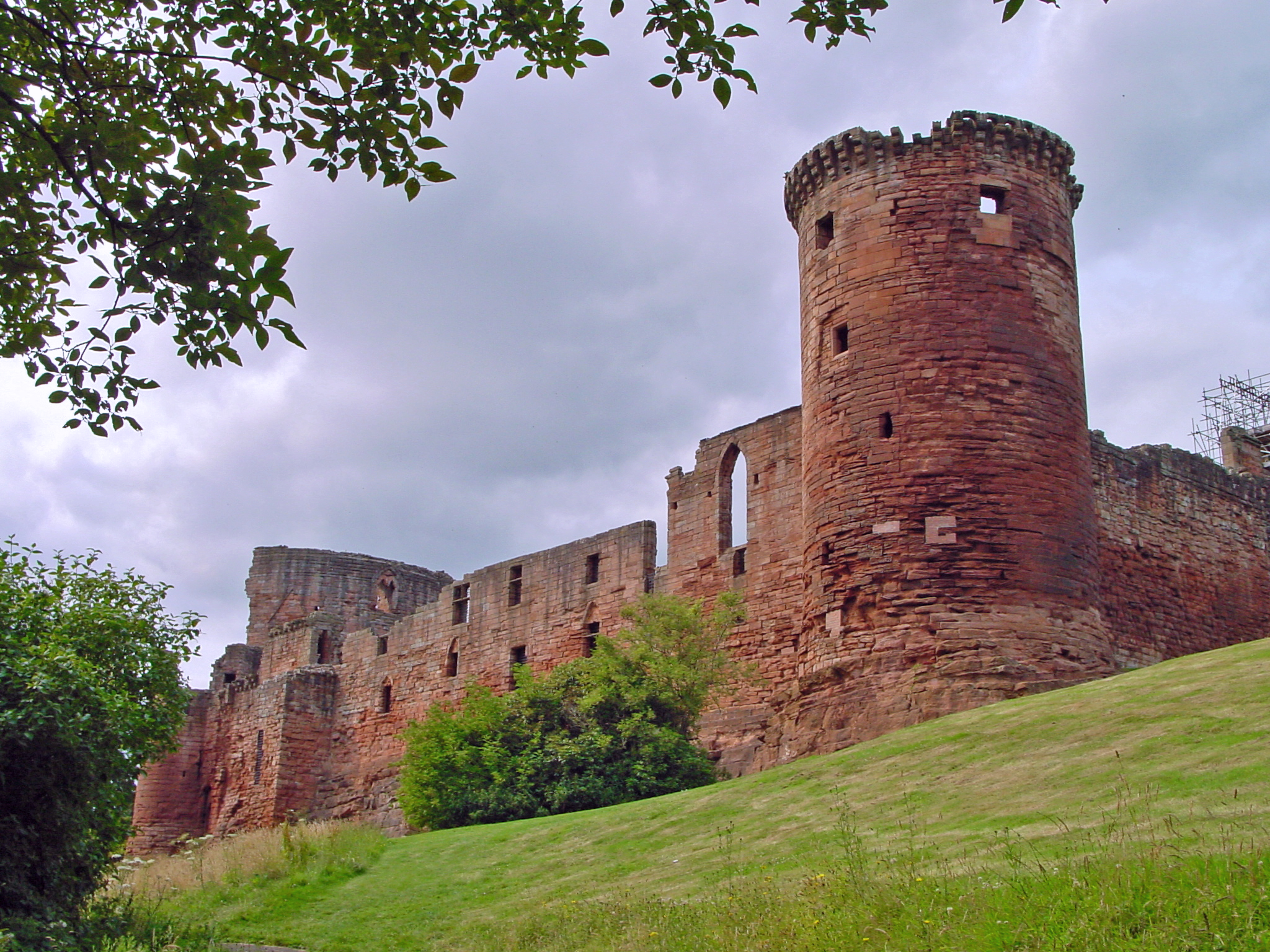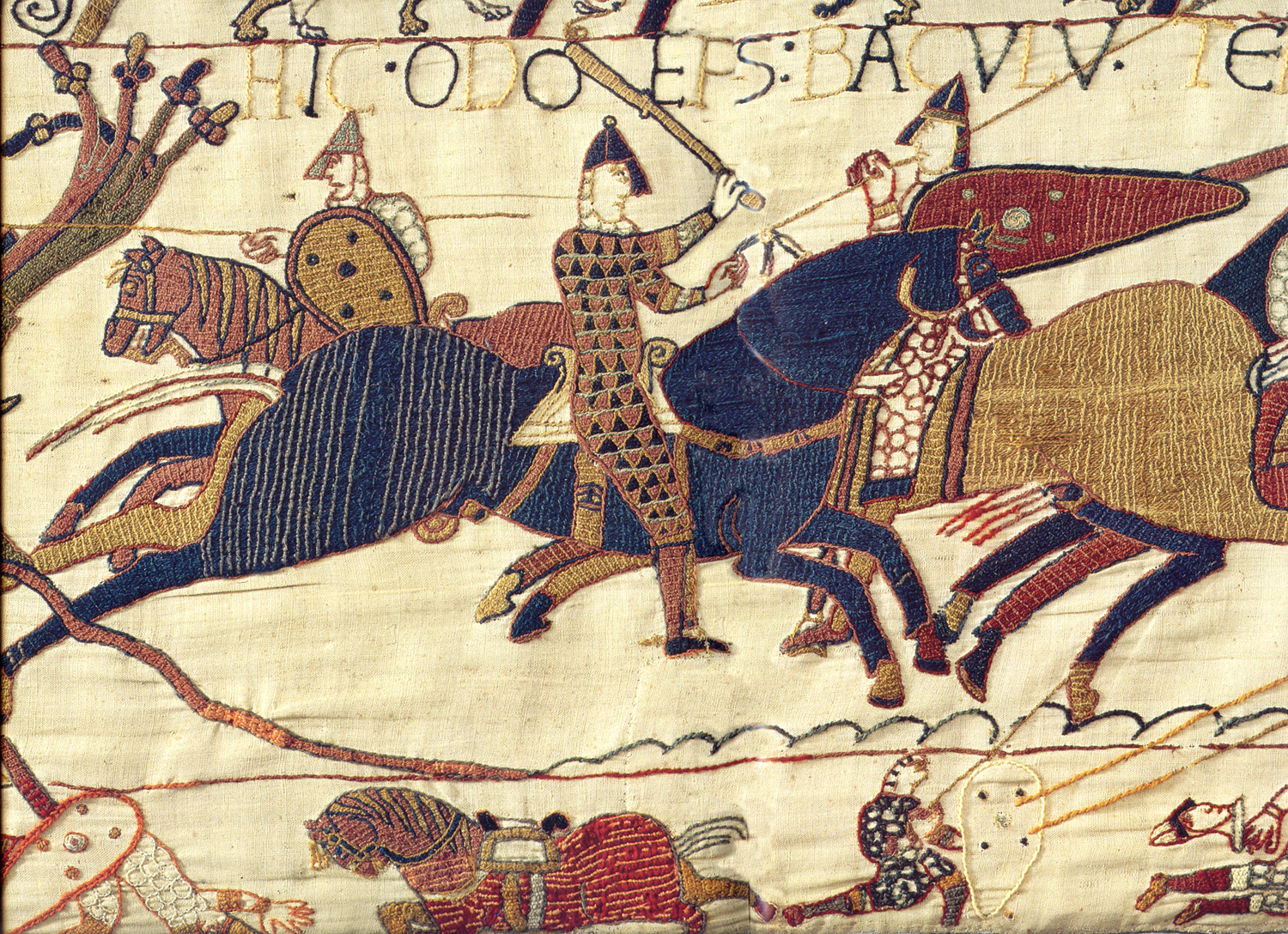|
(Lincluden Abbey, Dumfries, Scotland) (LOC) (3449530767)
Lincluden Collegiate Church, known earlier as Lincluden Priory or Lincluden Abbey (the name by which it is still known locally), is a ruined religious house, situated in the historic county of Dumfries to the north of the Royal Burgh of Dumfries, Scotland. Situated in a bend of the River Cairn, at its confluence with the River Nith, the ruins are on the site of the Motte-and-bailey, Bailey of the very early Lincluden Castle, as are those of the later Lincluden Tower. This religious house was founded ''circa'' 1160 and was used for various purposes, until its abandonment around 1700. The remaining ruins are protected as a scheduled monument. Etymology The name ''Lincluden'' has a Common Brittonic, Brittonic origin. The second element derives from the nearby Cluden Water. The first element may be Brittonic ''*lann'' (Welsh language, Welsh ''Llan (placename), llan'', 'parish'), or ''*linn'', "pool, lake" (Welsh ''llyn''). Priory of Lincluden Foundation The foundation of the prio ... [...More Info...] [...Related Items...] OR: [Wikipedia] [Google] [Baidu] [Amazon] |
Fergus Of Galloway
Fergus of Galloway (died 12 May 1161) was a twelfth-century Lord of Galloway. Although his familial origins are unknown, it is possible that he was of Norse-Gaelic ancestry. Fergus first appears on record in 1136, when he witnessed a charter of David I, King of Scotland. There is considerable evidence indicating that Fergus was married to an illegitimate daughter of Henry I, King of England. It is possible that Elizabeth Fitzroy was the mother of Fergus's three children. Fergus forged a marital alliance with Óláfr Guðrøðarson, King of the Isles through the marriage of the latter to Fergus's daughter, Affraic. As a consequence of this union, the leading branch of the Crovan dynasty descended from Fergus. When Óláfr was assassinated by a rival branch of the dynasty, Galloway itself was attacked before Fergus's grandson, Guðrøðr Óláfsson, was able to seize control of Isles. Both Fergus and his grandson appear to have overseen military operations in Ireland, before th ... [...More Info...] [...Related Items...] OR: [Wikipedia] [Google] [Baidu] [Amazon] |
Archibald The Grim
Archibald Douglas, Earl of Douglas and Wigtown, Lord of Galloway, Douglas and Bothwell (c. 1330 – c. 24 December 1400), called Archibald the Grim or Black Archibald, was a late medieval Scottish nobleman. Archibald was the illegitimate son of Sir James "the Black" Douglas, Robert the Bruce's trusted lieutenant, and an unknown mother. A first cousin of William Douglas, 1st Earl of Douglas, he inherited the earldom of Douglas and its entailed estates as the third earl following the death without legitimate issue of James, 2nd Earl of Douglas at the Battle of Otterburn. Early life He was probably not yet born when his father went on crusade and was killed at the Battle of Teba whilst fighting the Moors. According to Walter Bower, possibly an insult regarding his illegitimacy, ''"He was dark and ugly more like a coco ook-boythan a Noble."'' Jean Froissart in his chronicle describes Douglas, as an adult, as a large man capable of wielding a huge sword. It has been suggested t ... [...More Info...] [...Related Items...] OR: [Wikipedia] [Google] [Baidu] [Amazon] |
Cluniac
Cluny Abbey (; , formerly also ''Cluni'' or ''Clugny''; ) is a former Order of Saint Benedict, Benedictine monastery in Cluny, Saône-et-Loire, France. It was dedicated to Saint Peter, Saints Peter and Saint Paul, Paul. The abbey was constructed in the Romanesque architectural style, with three churches built in succession from the 4th to the early 12th centuries. The earliest basilica was the world's largest church until the St. Peter's Basilica construction began in Rome. Cluny was founded by Duke William I of Aquitaine in 910. He nominated Berno of Cluny, Berno as the first abbot of Cluny, subject only to Pope Sergius III. The abbey was notable for its stricter adherence to the Rule of St. Benedict, whereby Cluny became acknowledged as the leader of western monasticism. In 1790 during the French Revolution, the abbey was sacked and mostly destroyed, with only a small part surviving. Starting around 1334, the Abbots of Cluny maintained a townhouse in Paris known as the Musée ... [...More Info...] [...Related Items...] OR: [Wikipedia] [Google] [Baidu] [Amazon] |
Henry II Of England
Henry II () was King of England The monarchy of the United Kingdom, commonly referred to as the British monarchy, is the form of government used by the United Kingdom by which a hereditary monarch reigns as the head of state, with their powers Constitutional monarchy, regula ... from 1154 until his death in 1189. During his reign he controlled Kingdom of England, England, substantial parts of Wales in the High Middle Ages, Wales and Lordship of Ireland, Ireland, and much of Kingdom of France, France (including Duchy of Normandy, Normandy, County of Anjou, Anjou, and Duchy of Aquitaine, Aquitaine), an area that altogether was later called the Angevin Empire, and also held power over Kingdom of Scotland, Scotland and the Duchy of Brittany. Henry was the eldest son of Geoffrey Plantagenet, Count of Anjou, and Empress Matilda, Matilda, daughter of Henry I of England. By the age of fourteen, he became politically and militarily involved in The Anarchy, his mother's efforts ... [...More Info...] [...Related Items...] OR: [Wikipedia] [Google] [Baidu] [Amazon] |
King Of England
The monarchy of the United Kingdom, commonly referred to as the British monarchy, is the form of government used by the United Kingdom by which a hereditary monarch reigns as the head of state, with their powers Constitutional monarchy, regulated by the British constitution. The term may also refer to the role of the British royal family, royal family within the Politics of the United Kingdom, UK's broader political structure. The monarch since 8 September 2022 is King Charles III, who ascended the throne on Death and state funeral of Elizabeth II, the death of Queen Elizabeth II, his mother. The monarch and British royal family, their immediate family undertake various official, ceremonial, diplomatic and representational duties. Although formally the monarch has authority over the Government of the United Kingdom, governmentwhich is known as "His Majesty's Government (term), His/Her Majesty's Government"this power may only be used according to laws enacted in Parliament of th ... [...More Info...] [...Related Items...] OR: [Wikipedia] [Google] [Baidu] [Amazon] |
William The Lyon
William the Lion (), sometimes styled William I (; ) and also known by the nickname ; e.g. Annals of Ulster, s.a. 1214.6; Annals of Loch Cé, s.a. 1213.10. ( 1142 – 4 December 1214), reigned as King of Alba from 1165 to 1214. His almost 49-year-long reign was the longest for a Scottish monarch before the Union of the Crowns in 1603. Early life William was born around 1142, during the reign of his grandfather King David I of Scotland. His parents were Henry of Scotland, a younger son of David I, and Ada de Warenne, a daughter of the powerful Anglo-Norman lord William de Warenne, 2nd Earl of Surrey and Elizabeth of Vermandois, Countess of Leicester, herself a granddaughter of Henry I of France. William was around 10 years old when his father died in 1152, making his elder brother Malcolm the heir apparent to their grandfather. From his father, William inherited the Earldom of Northumbria. David I died the next year, and William became heir presumptive to the new king, Malco ... [...More Info...] [...Related Items...] OR: [Wikipedia] [Google] [Baidu] [Amazon] |
King Of Scots
The monarchy of the United Kingdom, commonly referred to as the British monarchy, is the form of government used by the United Kingdom by which a hereditary monarch reigns as the head of state, with their powers regulated by the British constitution. The term may also refer to the role of the royal family within the UK's broader political structure. The monarch since 8 September 2022 is King Charles III, who ascended the throne on the death of Queen Elizabeth II, his mother. The monarch and their immediate family undertake various official, ceremonial, diplomatic and representational duties. Although formally the monarch has authority over the governmentwhich is known as " His/Her Majesty's Government"this power may only be used according to laws enacted in Parliament and within constraints of convention and precedent. In practice the monarch's role, including that of Head of the Armed Forces, is limited to functions such as bestowing honours and appointing the prime mi ... [...More Info...] [...Related Items...] OR: [Wikipedia] [Google] [Baidu] [Amazon] |





